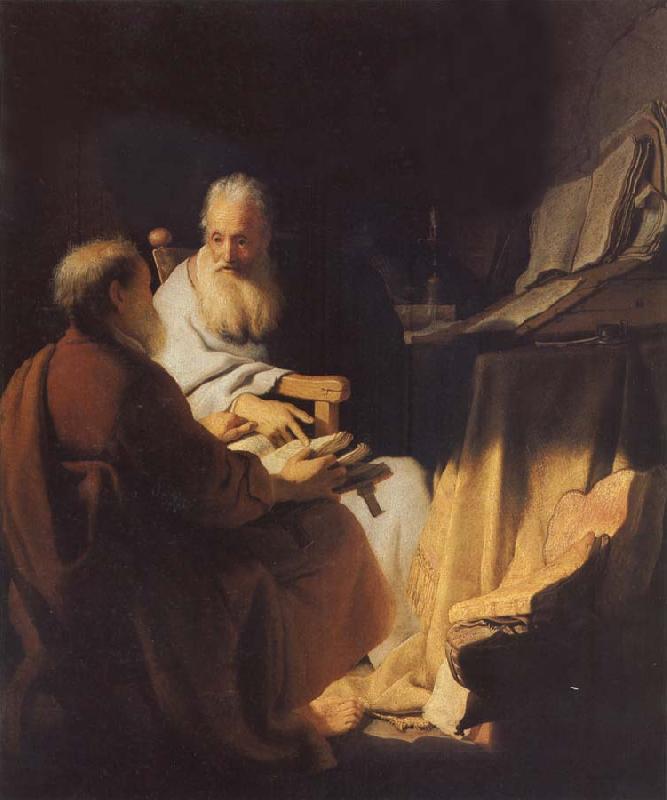* * * *

* * * *
In “Happy Epiphany, 2024” I wrote about January 6 as the Feast of Epiphany. That feast officially ends the Twelve Days of Christmas. It also marks the start of the Season of Epiphany, a church season running up to Ash Wednesday. Ash Wednesday marks the beginning of Lent, a solemn observance recalling the “40 days Jesus Christ spent fasting in the desert and enduring temptation by Satan.” And irony of ironies, this year – 2024 – Ash Wednesday comes on February 14, the same day we celebrate Valentine’s Day. But first comes two other Feast Days, the Confession of St Peter, on January 18, and the Conversion of St Paul, on January 25.
Taking the “confession” first, on January 18 we celebrate Peter “confessing” that Jesus is the Christ (the Jewish Messiah): “Thou art the Christ, Son of the Living God.” In other words we recall how Peter was “led by God’s grace to acknowledge Jesus as the Christ” And we join with him – and with all other Christians – in “hailing Jesus as our Lord, God, and Savior.”
[The] Apostle Peter proclaims Jesus to be Christ – the Messiah. The proclamation is described in the three Synoptic Gospels: Matthew 16:13-20, Mark 8:27–30 and Luke 9:18–20. The proclamation of Jesus as Christ is fundamental to Christology … and Jesus’ acceptance of the title is a definitive statement for it in the New Testament narrative.
But while January 18 recalls Peter as first apostle to confess Jesus as Messiah, on January 25 we recall how “Saul (or Paul) of Tarsus, formerly an enemy and persecutor of the early Christian Church, was led by God’s grace to become one of its chief spokesmen.” In other words, Peter came to his position of authority from “inside the church.” Paul on the other hand was pretty much dragged kicking and screaming into his position of authority.
Another note: Each June 25 we have a feast day for both Apostles together. But in January each year we remember both men separately. “Or more precisely, we remember how these two ‘Pillars of the Church‘ took two completely different paths to the same destination.”
Which is another way of saying these two Church Fathers didn’t always see eye to eye. (As shown in the painting, “Two scholars disputing” below.) The Bible tells of one such dispute in Galatians 2:11-14, especially including verse 11, where Paul said, “When Peter came to Antioch, I told him face to face that he was wrong.” On the flip side is 2d Peter 3:16, where Peter commented on Paul’s style of writing: “He writes this way in all his letters… Some parts of his letters are hard to understand.” But in the end, and as noted above, “these two ‘Pillars of the Church‘ took two completely different paths to the same destination.” That “destination” was the task of bringing people to Jesus. (The same task all “good Christians” are charged with.)
Which brings us back to the Conversion of St. Paul. That special day – January 25 – recalls “an event in the life of Paul the Apostle that led him to cease persecuting early Christians and to become a follower of Jesus.” He wrote about his former life – as a devout and zealous enemy of the budding Christian church – in Galatians 1:13-14. There he wrote about his being “extremely zealous for the traditions of my fathers.” Accordingly, he intensely “persecuted the church of God” – that is, the newly-formed Christian Church – “and tried to destroy it.”
For example, at the time of the stoning of Stephen (Acts 7:57-8:3), “Saul was ravaging the church, and entering house after house, he dragged off men and women and committed them to prison.” And as Stephen was being stoned by the crowd, “the witnesses laid their coats at the feet of a young man named Saul.” (He later changed that to “Paul.”) But then he had his Damascus Road Experience (illustrated at the top of the post).
In other words – and as we view the term today – Paul had a “profound life-changing experience, that turned [him] from skepticism to belief.” Moving on, Paul himself was literally struck blind, for three days. And of that episode, Wikipedia notes three different accounts:
[The] third discussion of Paul’s conversion occurs when Paul addresses King Agrippa, defending himself against the accusations of antinomianism that have been made against him. This account is briefer than the others. The speech here is again tailored for its audience, emphasizing what a Roman ruler would understand: the need to obey a heavenly vision, and reassuring Agrippa that Christians were not a secret society.
So as I said, Paul was “dragged kicking and screaming into his position of authority.” And from there he became “the most important person after Jesus in the history of Christianity.” From that position of authority, Paul noted that above all we as good Christians are called on to be “ministers of reconciliation.” In plain words, we Americans should not be as polarized as we are now. Because, as Paul said in Galatians 3:28, in Christ “there is no Jew or Greek, no male or female, no liberal or conservative.” (Well, that’s what he would write if he was here today.)
* * * *

* * * *
The upper image is courtesy of Conversion of Paul the Apostle – Wikipedia. The full caption: “‘Ananias Restoring the Sight of St. Paul’ (c.1631) by Pietro da Cortona.” See also Ananias of Damascus – Wikipedia, which noted his name means “favored of the LORD.” The actual restoration of Saul-Paul’s sight was described in Acts 9:17-19 NIV:
Placing his hands on Saul, he said, “Brother Saul, the Lord – Jesus, who appeared to you on the road as you were coming here – has sent me so that you may see again and be filled with the Holy Spirit.” Immediately, something like scales fell from Saul’s eyes, and he could see again. He got up and was baptized,and after taking some food, he regained his strength.
The Book of Common Prayer reference. The “corporate-mystical” prayer is on page 339, the post-communion prayer for Holy Eucharist, Rite I.
For this post I borrowed from 2016’s Peter confesses, Paul converts, 2017’s “Wouldn’t it be nice if WE could be ‘restored,” and On Saints Peter and Paul, January ’23.
On Paul as second only to Jesus: What influences did St. Paul have on Christianity? | Britannica. “Paul is often considered to be the most important person after Jesus in the history of Christianity.” Emphasis added in the main text. On “ministers of reconciliation” see 2d Corinthians 5:18.
The lower image is courtesy of Albert Bierstadt Museum: Two Scholars Disputing REMBRANDT.
* * * *

